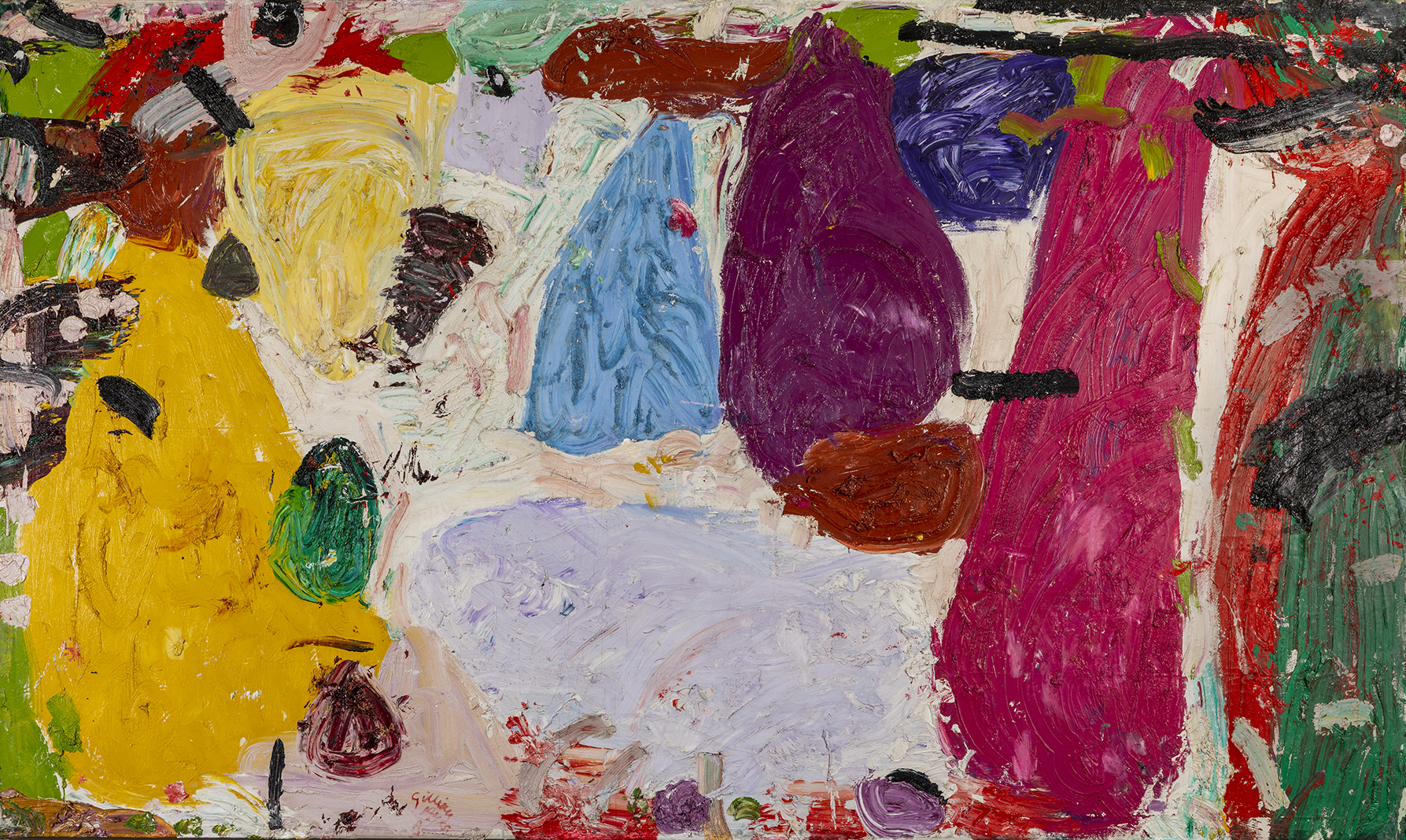My Favourite Painting: Sarah Fletcher
Sarah Fletcher, the high mistress of St Paul's Girls' School, chooses a picture that hangs in her very own office.


Sarah Fletcher on Morning by Gillian Ayres
‘Gillian was fiercely true to herself, a pioneering woman in a man’s world who would have hated to have been singled out as such. Her work was her love and her life.
‘This painting hangs in my office, up close and intimate, a source of inspiration and joy. I love it for its confidence and energy, the swift texture of the paint, the fluidity of the shapes and the creamy-gaudy colours, balanced in dissonance, unmannered and free. It offers commentary, often ironical, always gentle, on the whirl of activity in a school.
‘I admire it for what it represents: the importance of creativity and self-expression, bravery and authenticity.’
Sarah Fletcher is the high mistress of St Paul’s Girls’ School, London
John McEwen on Gillian Ayres
‘The power of women to use their gifts to touch others and to change the world People like to understand, and I wish they wouldn’t,’ said Gillian Ayres of art — and of her paintings in particular. ‘I wish they’d just look.’
Her father was an eminent London hatter and, an only child, she grew up in Barnes and went to St Paul’s School for Girls. A precocious gift for landscape painting earned her a place at Camberwell School of Art aged 16. Among contemporary students were a number of ex-serviceman who later made their artistic names, including Adrian Heath and Terry Frost, fellow prisoners of war, and Henry Mundy, 11 years her senior and a veteran of the Burma campaign, whom she married in 1951.
As were others of her generation, Ayres was bowled over by the first sight in mid-1950s London of Jackson Pollock’s paint-flung abstractions. She loathed restrictive technique and portraiture and took no pleasure in line drawing. Colour, texture, action and physical involvement became her obsession, spontaneity increasing with the years. ‘I used to go a bit potty. It was almost as if I couldn’t stop.’
This painting dates from the start of the most productive and successful period of her career when, depending on the size of the picture, she worked wherever was convenient and, where hands or brushes proved inadequate, with any implement that served.
It was done following her resignation as head of painting at Winchester School of Art — she had been the first woman to run the fine-art department of a British art school, combining family life with her teaching career. Liberation was enhanced by a move to north Wales, which suited her romantic love of landscape — surely still discernible, for all her lack of concern, in this celebration of a new day.
Exquisite houses, the beauty of Nature, and how to get the most from your life, straight to your inbox.
Country Life is unlike any other magazine: the only glossy weekly on the newsstand and the only magazine that has been guest-edited by His Majesty The King not once, but twice. It is a celebration of modern rural life and all its diverse joys and pleasures — that was first published in Queen Victoria's Diamond Jubilee year. Our eclectic mixture of witty and informative content — from the most up-to-date property news and commentary and a coveted glimpse inside some of the UK's best houses and gardens, to gardening, the arts and interior design, written by experts in their field — still cannot be found in print or online, anywhere else.
